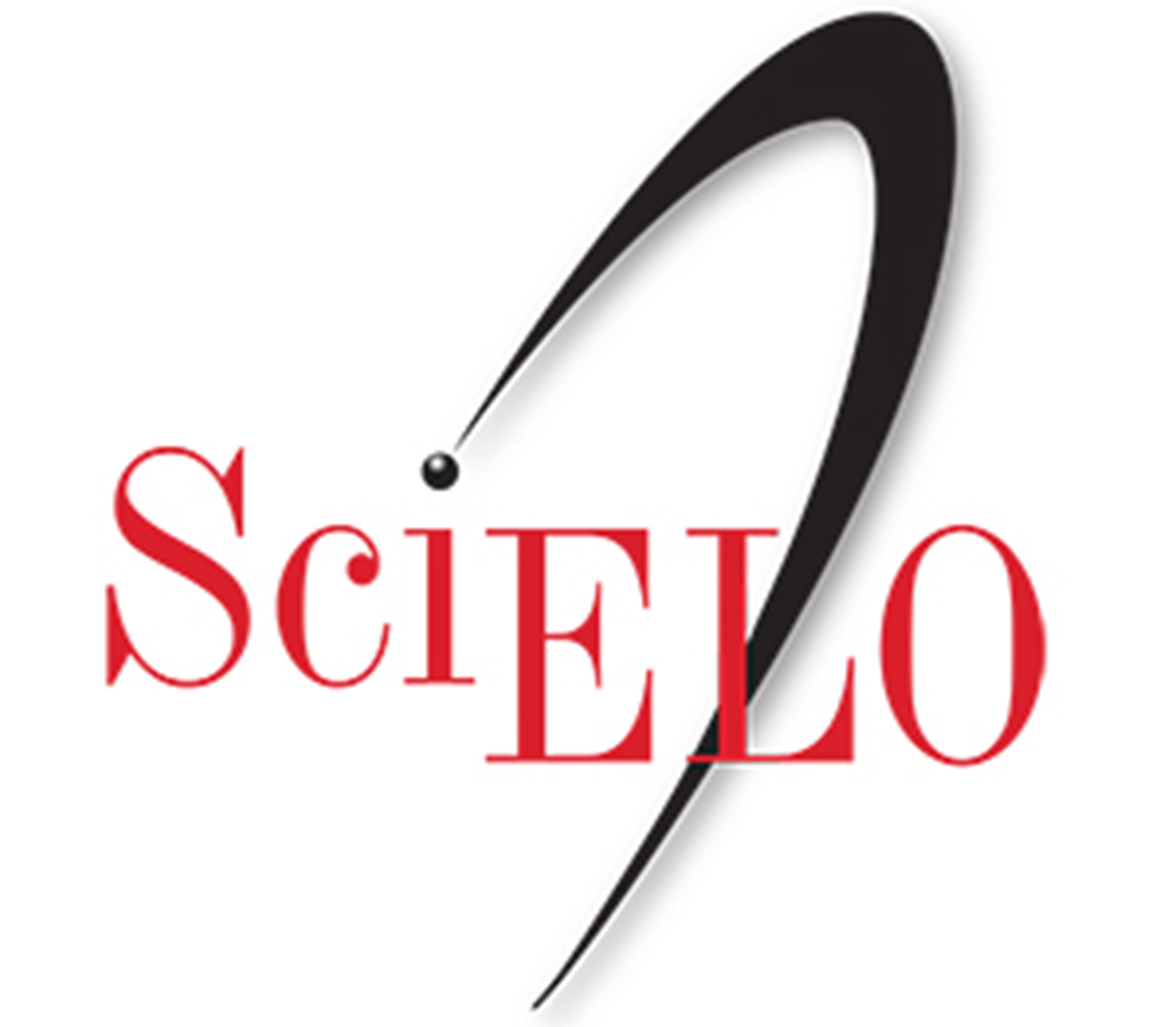ANÁLISE MICROCLIMÁTICA EM FUNÇÃO DO USO E OCUPAÇÃO DO SOLO EM CUIABÁ-MT (microclimatic analysis as a function of land use in Cuiabá-MT, Brazil)
Abstract
As cidades atualmente têm vivido as consequências das alterações climáticas que ocorrem como resultado de um desenvolvimento urbano pouco sustentável. O seguinte trabalho objetivou estudar o contexto climático urbano na cidade de Cuiabá-MT, para compreender as condições a nível microclimáticas do bairro do Porto. Realizou-se um levantamento qualitativo e quantitativo de acordo com a metodologia apresentada por Katzschner (1997). Foram coletados dados de umidade relativa e temperatura do ar nas quatro estações do ano, três vezes ao dia (8h, 14h e 20h), utilizando o método do transecto móvel. Observou-se com a pesquisa que locais com uso de solo e área construída semelhante tendem a ter as mesmas características de umidade relativa e temperatura do ar. Os processos de diversificação do microclima ocorridos nas cidades não dependem apenas da distribuição da malha urbana, mas também do funcionamento da vida citadina, como foi observado no estudo realizado.
Palavras-chave: Clima urbano, Conforto ambiental, Bioclimatologia.
ABSTRACT
Cities have experienced the consequences of climate change that occur as a result of urban development not sustainable. The study investigated the climatic context in the city of Cuiaba, to understand the microclimate conditions at the neighborhood of Porto. We conducted a qualitative and quantitative survey in accordance with the methodology used by Katzschner (1997). We collected data on relative humidity and air temperature in four seasons of the year, three times a day (8 a.m., 2 p.m. and 8 p.m.), using the method of mobile transect. It was observed that with the research with local land use and building area tend to have similar characteristics to the same relative humidity and air temperature. The processes of diversification of microclimate in cities not only depend on the distribution of the urban fabric, but also the functioning of city life, as observed in the study.
Key words: Urban climate, Environmental comfort, Bioclimatology.
RÉSUMÉ
Les villes subissent les conséquences des changements climatiques qui se produisent en raison d’un développement urbain non durable. La recherche suivante étudie le contexte climatique de milieu urbain dans la ville de Cuiaba-MT, pour comprendre les conditions microclimatiques du district de Porto. Nous avons mené une enquête qualitative et quantitative selon la méthodologie présentée par Katzschner (1997). Nous avons recueilli des données sur l’humidité relative et température de l’air en quatre saisons, trois fois par jour (8h, 14h et 20h) en utilisant la méthode des transects mobile. On a observé que la recherche utilisation des terres urbaines et de la zone de construction ont tendance à avoir des caractéristiques semblables de humidité relative et la température de l’air. Les processus du microclimat de la ville dépend pas seulement de la répartition du tissu urbain, mais aussi le fonctionnement de la vie en ville, comme on l’observe dans l’étude.
Mots-clés: Climat urbain, Confort enviromental, Bioclimatologie.
DOI: 10.4215/RM2012.1126.0011
Keywords
Authors who publish in this journal agree to the following terms:
- Authors retain the copyright and grant MERCATOR the right of first publication, with the work simultaneously licensed under the Creative Commons Attribution License, which allows the sharing of the work with recognition of the authorship of the work and initial publication in this journal.
- Authors are authorized to sign additional contracts separately, for non-exclusive distribution of the version of the work published in this journal (e.g., publish in an institutional repository or as a book chapter), with acknowledgment of authorship and initial publication in this journal.
- Authors are allowed and encouraged to publish and distribute their work online (e.g., in institutional repositories or on their personal page) at any point before or during the editorial process, as this can generate productive changes as well as increase the impact and citation of the published work (see The Effect of Free Access).
- Authors are responsible for the content of the manuscript published in the journal.






